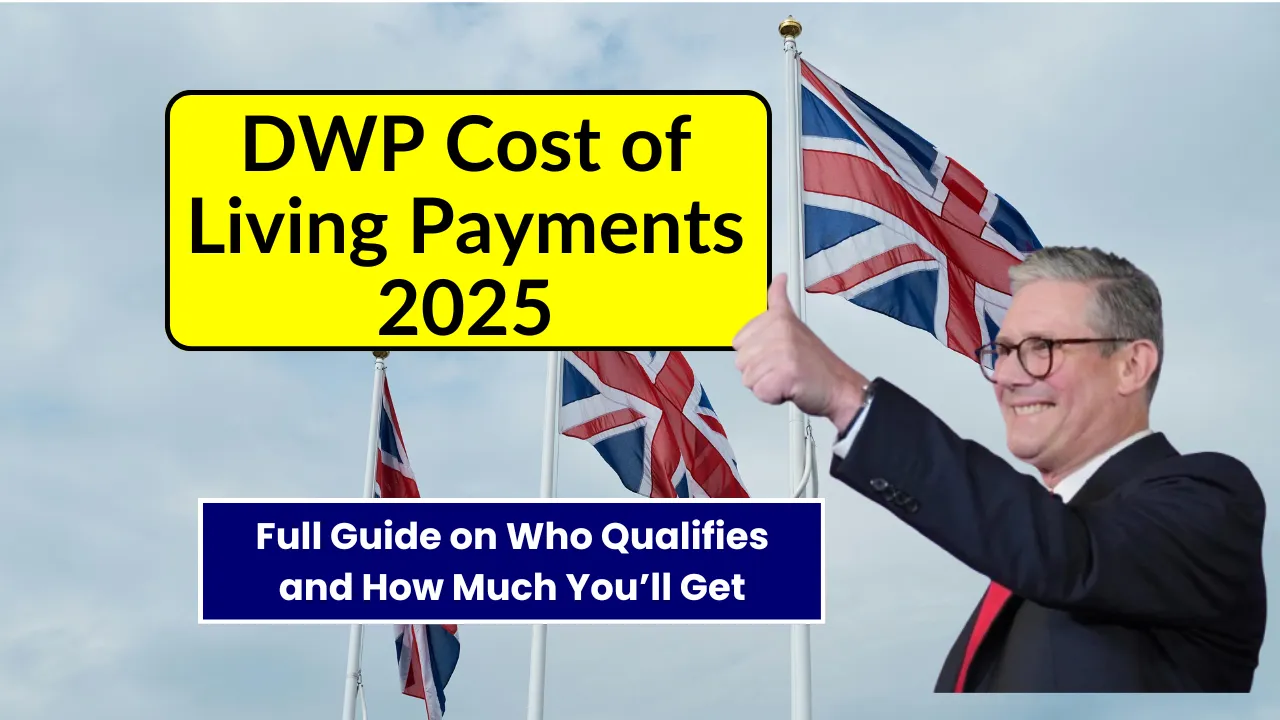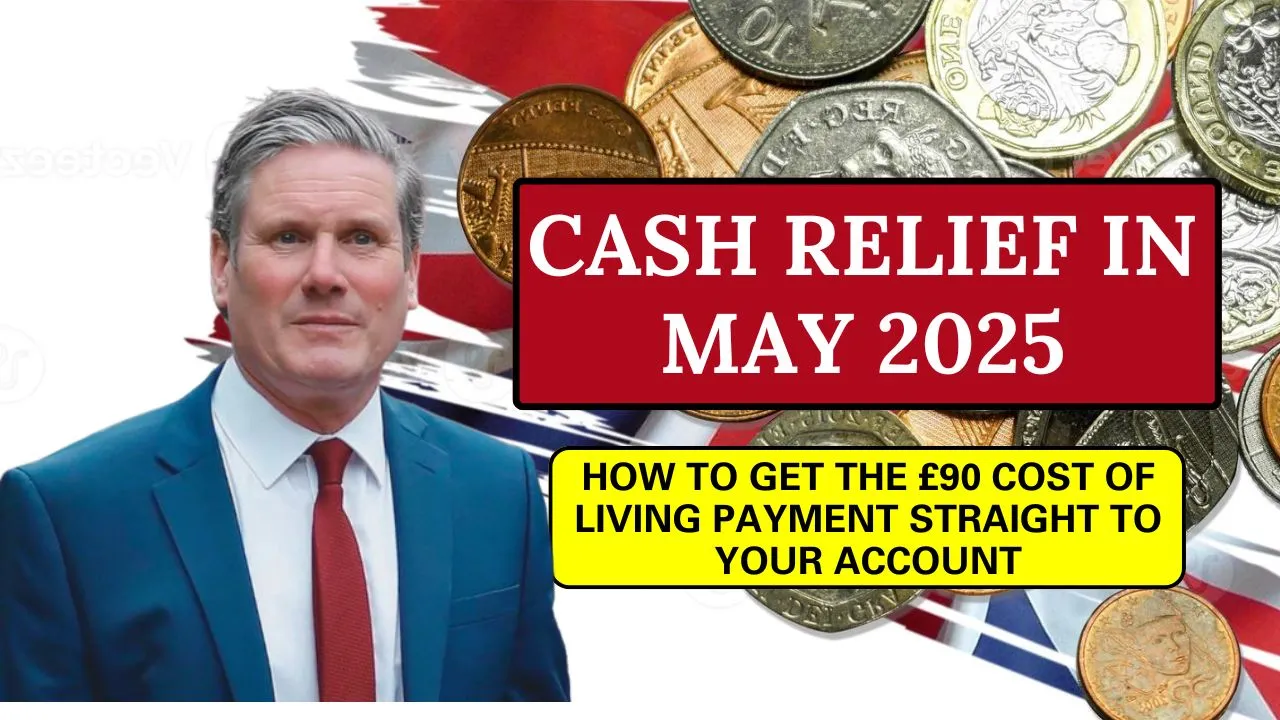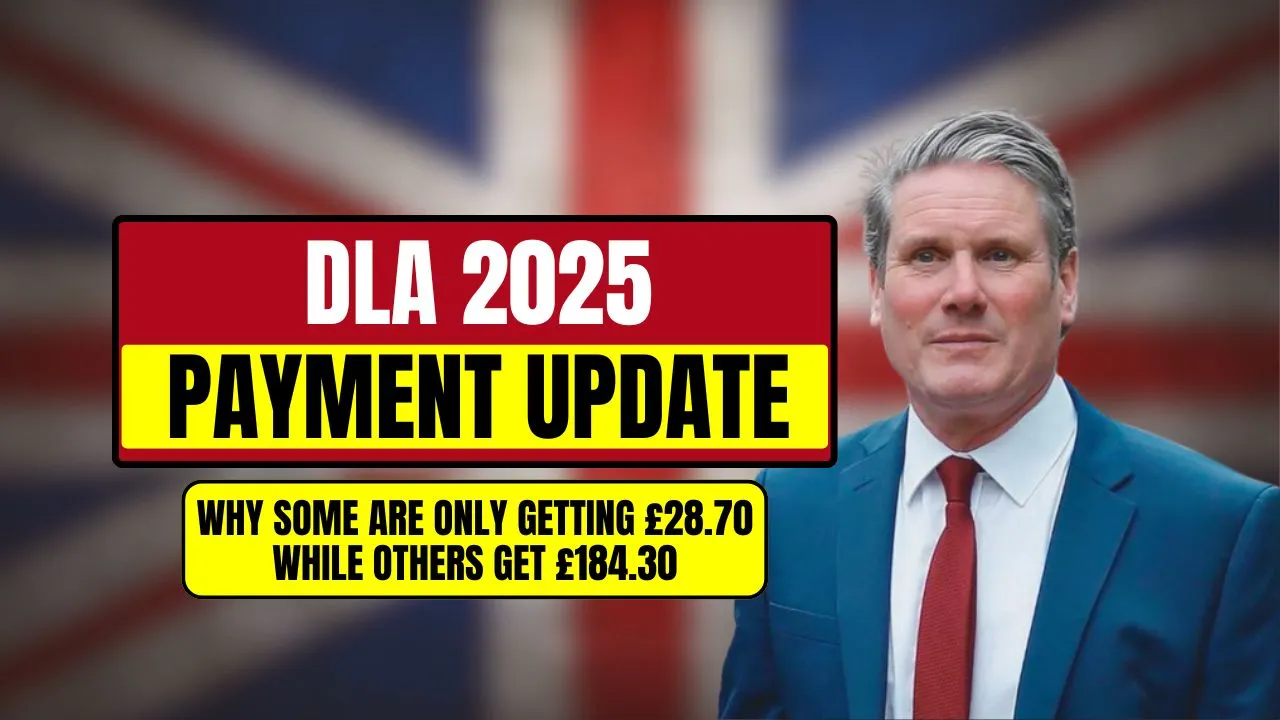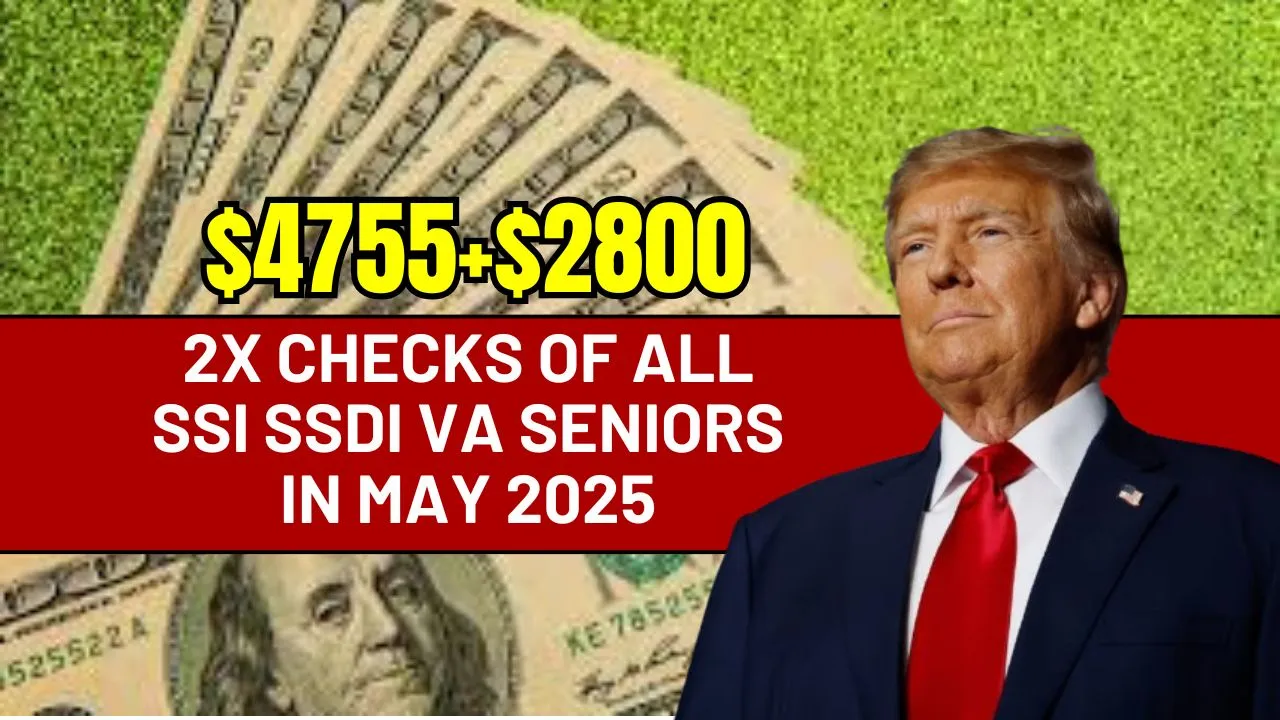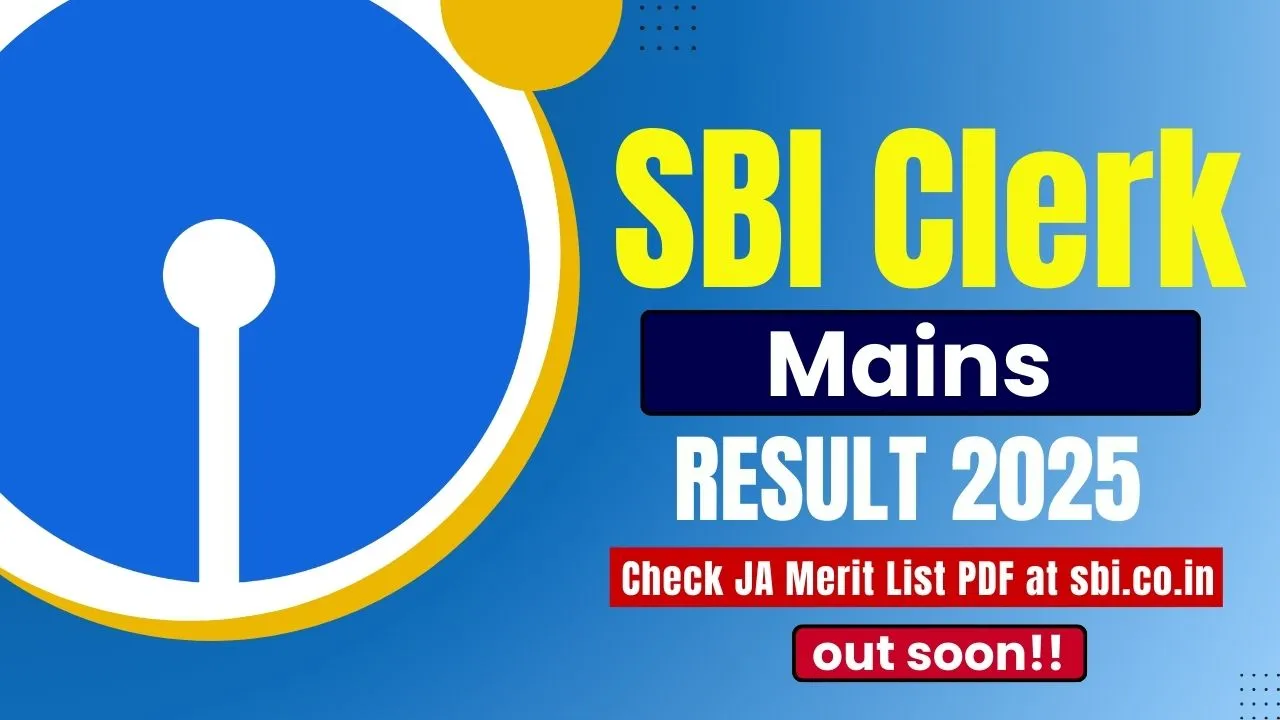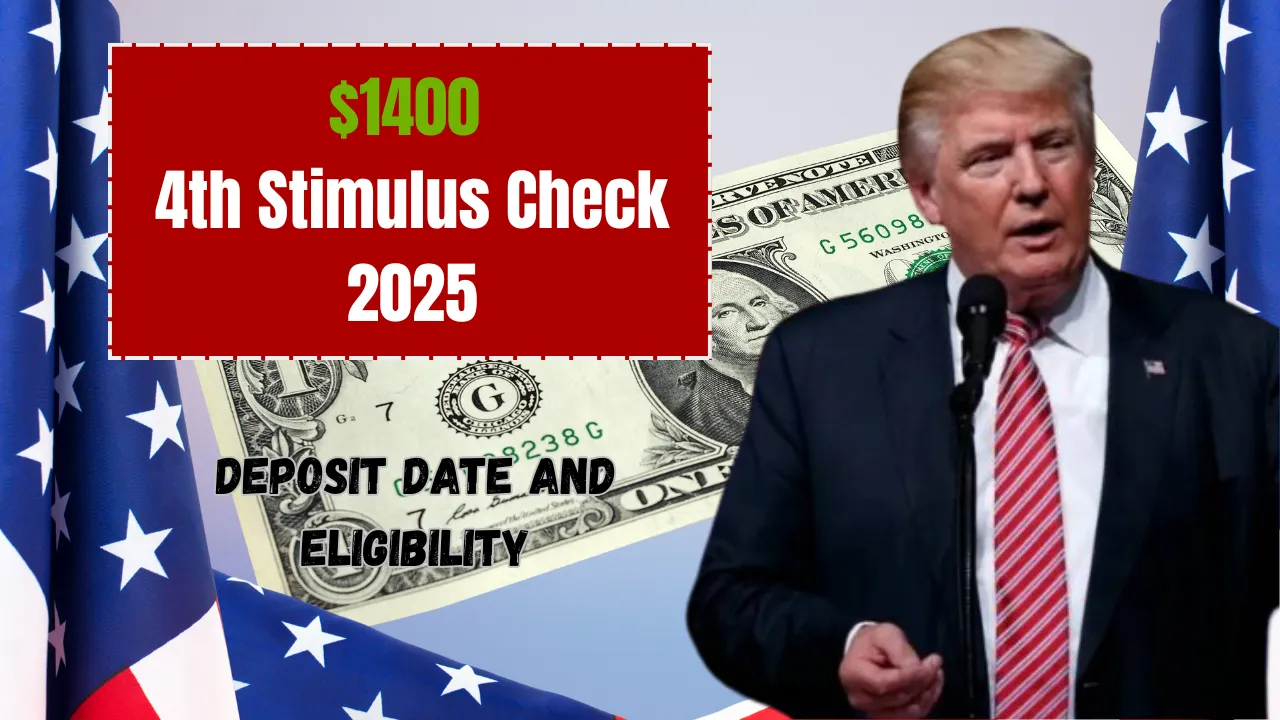DWP Cost of Living Payments 2025: As living expenses continue to rise across the UK, many households are struggling to stay afloat. From energy bills to grocery prices, the financial pressure is ongoing. In response, the Department for Work and Pensions (DWP) has announced new rounds of payments for 2025 to help ease the burden. These payments are aimed at people receiving certain benefits and are being rolled out in phases to offer consistent support throughout the year.
The DWP Cost of Living Payments 2025 range from £301 to £500 and are designed to provide essential financial help to low-income and vulnerable individuals. This article covers who qualifies, how much each payment is worth, when to expect it, and what steps you should take to ensure you receive the money. All payments will be issued automatically to eligible recipients, so it’s important to understand the qualifying criteria and payment schedule.
DWP Cost of Living Payments 2025
The DWP Cost of Living Payments 2025 are part of a broader plan to protect those most affected by economic challenges. These are one-time support payments, rolled out in three phases: spring, summer, and autumn. The main payments start at £301, with additional support of up to £200 in later instalments. The government aims to make these payments automatic, eliminating the need for people to apply manually.
Whether you’re receiving Universal Credit, Pension Credit, or other eligible benefits, you could receive one or more of these payments. Households with additional needs—such as disabled individuals or carers—may be entitled to extra support. Keeping your information up to date with DWP is key to avoiding missed or delayed payments.
Overview of the 2025 Cost of Living Payments
| Feature | Details |
| Payment Range | £301 to £500 |
| Eligibility | Universal Credit, ESA, Pension Credit, JSA, Tax Credits, Housing Benefit |
| Disbursement Timeline | Spring, Summer, Autumn 2025 |
| Application Process | Automatic (no need to apply) |
| Payment Method | Direct bank deposit via existing DWP payment setup |
| Extra Support | Available for disabled people, carers, and those with medical needs |
| Source | DWP Official Website and Government Guidance |
£200 Cost of Living Payments Rolling Out in May 2025 – Who Can Apply and How
In addition to the payment of £301, another £200 payment is planned for summer 2025. These extra funds are meant for the same group of people already eligible for the spring payments. Again, no application is needed. As long as you’re receiving a qualifying benefit during the specified timeframe, DWP systems will automatically process the payment.
If you’re unsure whether you qualify, check your current benefit status and make sure you’re actively receiving benefits like Universal Credit or Pension Credit during the correct assessment window.
What Are These Payments For?
The DWP Cost of Living Payments 2025 are intended to help households manage essential costs such as:
- Energy bills during colder months
- Grocery prices, which remain higher than pre-2023 levels
- Transport costs for commuting or care-related travel
- Housing expenses, including rent and mortgage payments
- Medical or care-related costs for those with long-term conditions
These payments are not a long-term solution, but they do provide short-term relief for millions of UK residents trying to manage rising living costs.
Payment Schedule for 2025
To spread out the financial support, DWP will issue the payments in three separate phases throughout the year:
| Phase | Timeline | Amount |
| Spring | March to May 2025 | £301 |
| Summer | July to August 2025 | Up to £200 |
| Autumn | October to December 2025 | Final top-up (varies) |
The timing is designed to align with seasonal expenses, such as heating during spring or school-related costs in the autumn.
Who Is Eligible for These Payments?
To receive the DWP Cost of Living Payments 2025, you must be receiving one or more of the following means-tested benefits during the official assessment periods:
- Universal Credit
- Income Support
- Pension Credit
- Income-based Jobseeker’s Allowance (JSA)
- Income-related Employment and Support Allowance (ESA)
- Working Tax Credit
- Child Tax Credit
- Housing Benefit
There is no need to apply, as the DWP uses its internal systems to detect eligible individuals based on benefit records.
Extra Payments for Vulnerable Groups
Certain groups may receive additional payments based on specific needs:
- Disabled individuals: If you receive Personal Independence Payment (PIP), Disability Living Allowance (DLA), or Attendance Allowance, you may receive higher or separate payments.
- Carers: People supporting someone on disability or pension benefits may be eligible for enhanced support.
- High energy users: Those with chronic medical conditions that require extra heating or medical equipment may qualify for top-up support.
These targeted boosts help ensure financial aid reaches those who need it most.
How Will You Be Paid?
The DWP has simplified the payment process to avoid delays or confusion:
- Automatic Payments: No action required—payments will be sent automatically if you’re eligible.
- Bank Transfers: Funds will go to the same account where you already receive benefit payments.
- No Additional Paperwork: As long as your personal details are correct, there’s nothing else you need to do.
Tip: Always ensure your bank account details and address are current in your DWP account to avoid delays.
Why These Payments Are Crucial
According to the Office for National Statistics, around 1 in 4 households in the UK struggled to pay basic bills in 2024. The DWP Cost of Living Payments 2025 aim to reduce that burden by helping families and individuals with:
- Fuel costs, especially in colder months
- Food security, as grocery bills remain high
- Housing pressures, by helping with rent or mortgage support
- Debt prevention, by limiting the need for short-term loans
These payments make a real difference, especially for households living paycheck to paycheck.
Real-World Scenarios
To see how these payments work in practice, consider the following examples:
- A single parent on Universal Credit may use the spring payment to catch up on heating bills.
- A retired couple on Pension Credit might spend the funds on essential groceries and healthcare.
- A disabled adult receiving ESA could apply their extra payment toward higher electricity use due to medical equipment.
These cases show how impactful the support can be when it reaches those in need.
Tips to Ensure You Receive the Payment
To avoid missing out on the DWP Cost of Living Payments 2025, follow these simple steps:
- Check your benefit status during the official eligibility periods.
- Update your contact details, including bank and address information, with DWP.
- Watch for updates through the GOV.UK site or official DWP messages.
- Explore other support such as the Warm Home Discount or Household Support Fund.
FAQs
Who qualifies for the DWP Cost of Living Payments 2025?
Anyone receiving qualifying benefits such as Universal Credit, Pension Credit, or Tax Credits during the assessment periods.
Do I need to apply?
No. The payments are automatic for all eligible individuals.
How will I get paid?
The funds will be sent directly to the bank account linked to your existing benefit payments.
What if I didn’t get my payment?
Check your benefit status and bank details. If you’re eligible and still haven’t received it, contact DWP.
Can I get extra support as a disabled person or carer?
Yes. You may qualify for additional payments based on your situation and needs.
Final Thought
The DWP Cost of Living Payments 2025 offer crucial financial support in a year where everyday costs remain high for many UK residents. From energy to food and rent, this help can be the difference between staying afloat and falling behind. Whether you’re on benefits or caring for someone with health needs, make sure your details are correct and stay informed.
